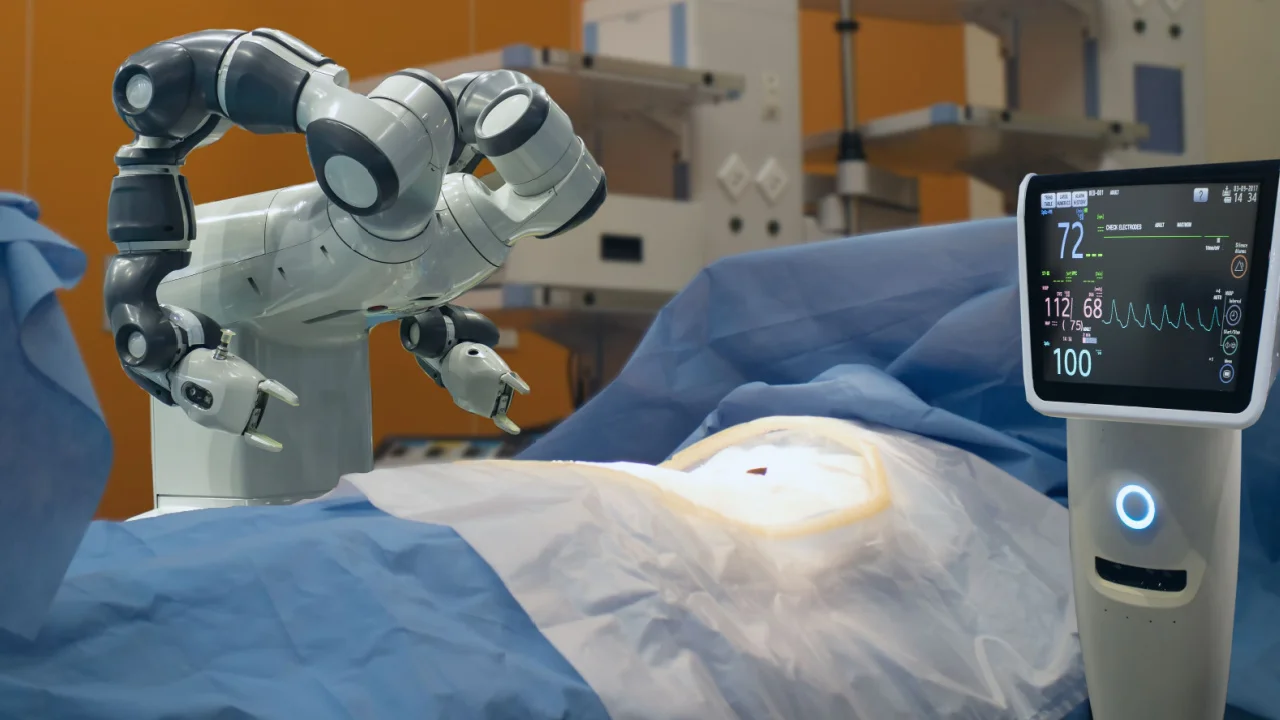Robotics in Healthcare: Enhancing Medical Diagnosis and Treatment
The integration of robotics into the healthcare sector has ushered in a new era of medical diagnosis and treatment. From surgical procedures to patient care, robotics is revolutionizing the way healthcare professionals approach their tasks. The evolution of robotics in healthcare is a testament to the innovative strides made in the medical field, offering both patients and medical practitioners a range of benefits and opportunities.
The Evolution of Robotics in Healthcare:
The concept of using robots in healthcare dates back to the mid-20th century when robotic arms were first introduced to assist in surgical procedures. However, over the years, technological advancements and breakthroughs in artificial intelligence (AI) have propelled robotics in healthcare to new heights.
1. Robotic Surgery: One of the most significant contributions of robotics to healthcare is robotic-assisted surgery. Surgeons can now perform intricate and minimally invasive procedures with unparalleled precision. Robots equipped with advanced imaging and manipulation tools offer enhanced dexterity and reduced invasiveness, leading to quicker recovery times and reduced risk of complications.
2. Telemedicine and Remote Monitoring: Robotics has expanded healthcare accessibility through telemedicine and remote monitoring. Robotic devices equipped with cameras and sensors enable doctors to remotely examine patients and monitor their condition. This is especially beneficial in rural or underserved areas where access to medical specialists is limited.
3. Rehabilitation and Physical Therapy: Robotic devices are being used in rehabilitation and physical therapy to aid patients recovering from injuries or surgeries. These devices provide targeted exercises and assistance, helping patients regain mobility and strength faster.
4. Drug Delivery and Laboratory Automation: Robotics is streamlining the drug discovery and development process. Automated robotic systems can accurately handle and analyze samples, leading to faster and more efficient drug testing. Additionally, robots are being employed to precisely deliver medication to patients, ensuring accurate dosages and reducing human error.
Impact of Robotics in Healthcare:
Precision and Accuracy: Robotics in healthcare offers unparalleled precision and accuracy, minimizing the risk of human error. This is particularly crucial in surgeries and delicate procedures where small errors can have significant consequences.
Minimally Invasive Procedures: Robotic-assisted surgeries are often minimally invasive, resulting in smaller incisions, reduced pain, and faster recovery times for patients. This has transformed the way surgeries are performed and has improved patient outcomes.
Improved Patient Care: Robots are being used for tasks such as patient lifting and transport, reducing the physical strain on healthcare staff. This allows healthcare professionals to focus more on patient care and less on physically demanding tasks.
Enhanced Training and Education: Medical students and healthcare practitioners can use simulation-based robotic training to hone their skills. This provides a safe and controlled environment for practicing procedures before performing them on real patients.
Challenges and Future Directions:
While the impact of robotics in healthcare is promising, challenges remain. The initial cost of implementing robotic systems, concerns about patient data security, and the need for specialized training for healthcare professionals are some of the hurdles that need to be addressed.
The future of robotics in healthcare holds immense potential. As AI and robotics technology continue to advance, we can expect even more sophisticated robotic systems that seamlessly integrate with existing healthcare practices. These systems could revolutionize patient care, medical diagnosis, and treatment on a global scale.
In conclusion, robotics in healthcare represents a remarkable advancement that is reshaping the medical landscape. From robotic surgeries to telemedicine and drug discovery, robots are enhancing precision, accessibility, and patient outcomes. As technology continues to evolve, the synergy between robotics and healthcare promises a future where medical treatments are safer, more efficient, and more accessible than ever before.

